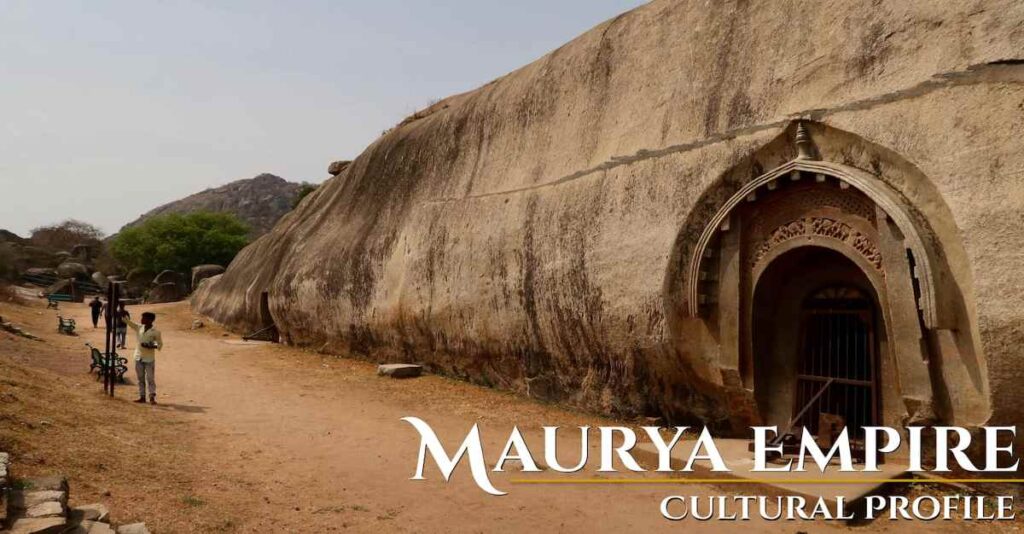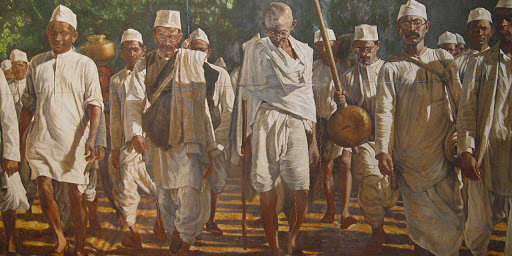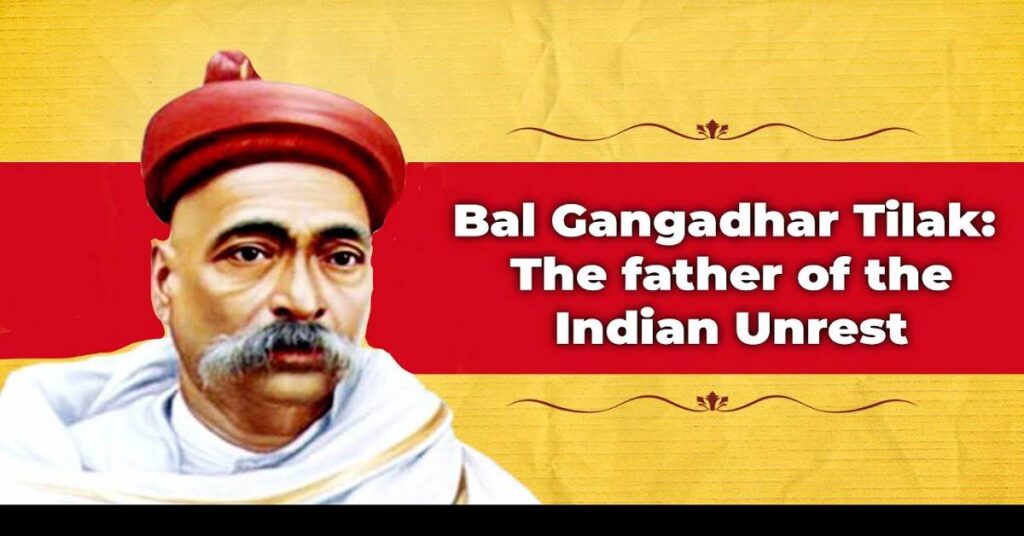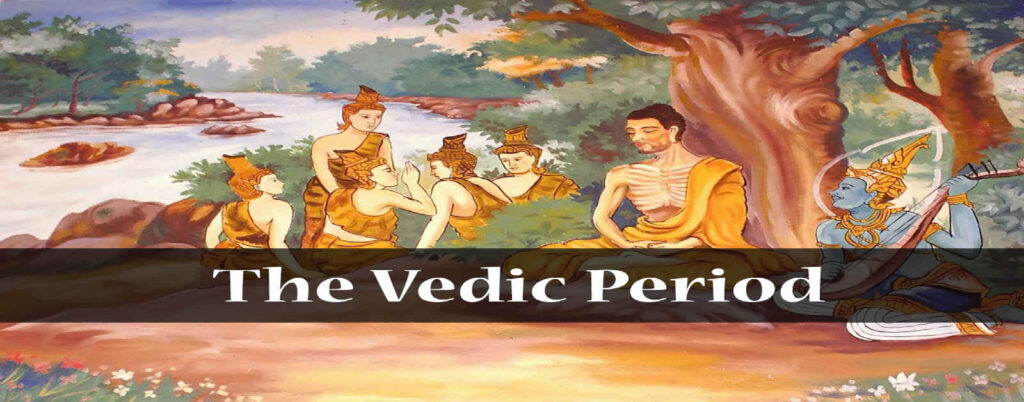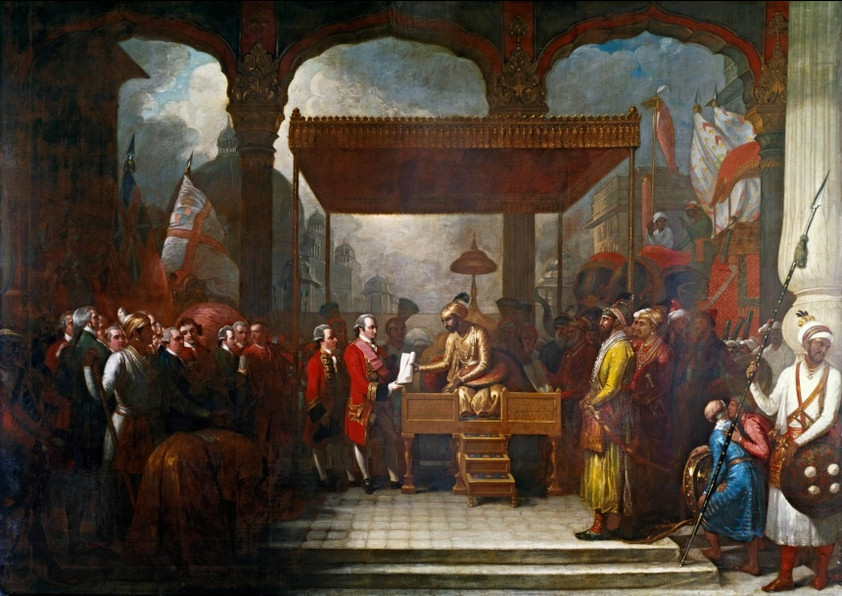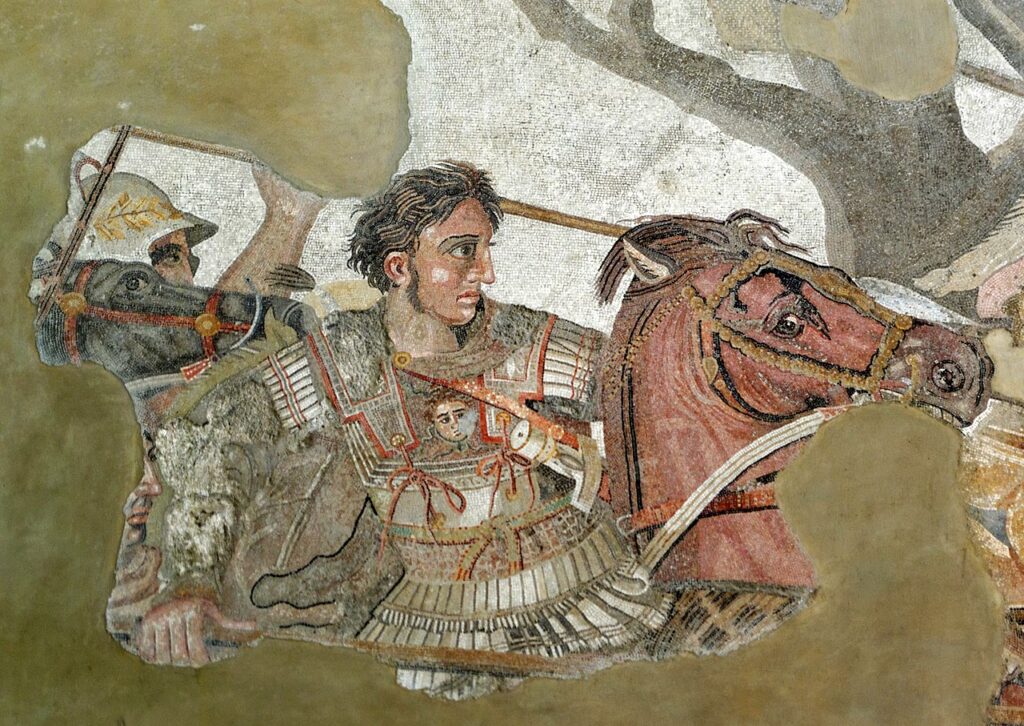Mauryan Empire: The Arts of the Mauryan Period in Indian Culture
The Arts of the Mauryan Period in Indian Culture Between the fourth and second century B.c.Mauryan craftsmanship flourished(Mauryan Period). Mauryan Empire was the principal realm to control a large part of the Indian subcontinent. It signified a huge change in Indian workmanship from the utilization of wood to stone. Mauryan monarchs, particularly Ashoka, were known …
Mauryan Empire: The Arts of the Mauryan Period in Indian Culture Read More »

